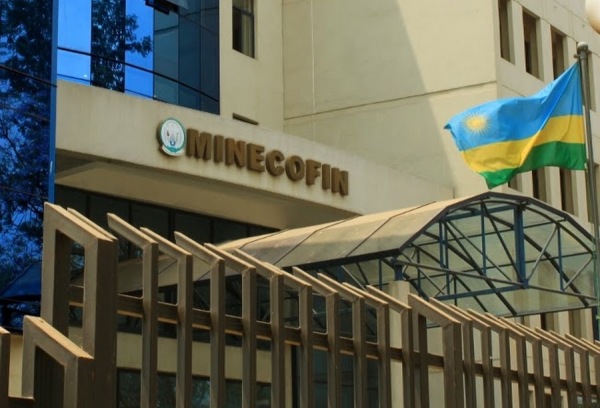
By MINECOFIN;
Kigali: On August 3, 2019, Stephen Paduano published an article in The Atlantic (“China’s Investments in Rwanda Raise Familiar Questions About Debt”) in which he describes Chinese investments in Africa as a ‘Chinese debt trap’.
According to the Ministry of Economy and Finance(MINECOFIN), the content related to Rwanda requires factual correction on two points: Rwanda’s debt sustainability and the level of Chinese investment in Rwanda.
1. Rwanda’s debt sustainability
The author cites a Debt-to-GDP Ratio of 53% to claim that Rwanda’s debt is too high and will “have less to spend on basic services for its people” as a result. However, that debt indicator is misleading, and the associated conclusion therefore unfounded.
The Debt-to-GDP Ratio of 53% is the total debt stock to GDP ratio, which is indeed the current total public and publicly guaranteed debt stock for Rwanda at the end of 2018. However, Rwanda’s debt is mainly concessional (80% of its external debts), with long maturities up to 40 years and grace periods up to 10 years. Therefore, the indicator used by the IMF and the World Bank to measure debt sustainability is the Present Value of Debt-to-GDP Ratio, which is 31.9% currently, well below the threshold of 55% for debt sustainability as per IMF and World Bank standards.
It is also incorrect to state that Rwanda has a debt service burden, because its Debt Service to Exports Ratio and Debt Service to Revenue Ratio are well below the thresholds, indicated in the table below.
The most recent joint IMF-World Bank Debt Sustainability Analysis (DSA), dated 11 June 2019, rates Rwanda’s overall risk of debt distress as ‘low’ (see p. 74-93 of the file at the link below).
www.imf.org/en/Publications/CR/Issues/2019/07/03/Rwanda-Staff-Report-for-2019-Article-IV-Consultation-and-a-Request-for-a-Three-Year-Policy-47089
Similarly, the July 2019 World Bank Africa Country Policy and Institutional Assessment (CPIA), subtitled “Strengthening Debt Management Capacity”, ranks Rwanda at the top of the regional and global ranking, as it was in 2017.
documents.worldbank.org/curated/en/738411564512831828/CPIA-Africa-Strengthening-Debt-Management-Capacity
Rwanda also enjoys one of the highest sovereign credit ratings in Africa from the three major ratings agencies, with a stable or positive outlook.
Rwanda’s debt strategy is to maintain its current low level of debt, which is projected to be at 39.8% in 2024.
Indicators 2019 Threshold
Present Value of Debt to GDP 31.9% 55%
Present Value of Debt to exports 150.6% 240%
Present Value of Debt Service to Exports 9.0% 21%
Present Value of Debt Service to Revenues 10.5% 23%
2. Chinese investment in Rwanda
Rwanda enjoys good cooperation with China. However, the size of Chinese investment in Rwanda cited in the article is inaccurate. It is not true that ‘70% of Rwandan roads have been financed and built by Chinese’. Rwandan roads have been financed from diverse sources, the major ones being the World Bank, the African Development Bank, the Gulf, China, and Japan. Chinese loans to Rwanda represent less than 5% of Rwanda’s total debt. (End)
